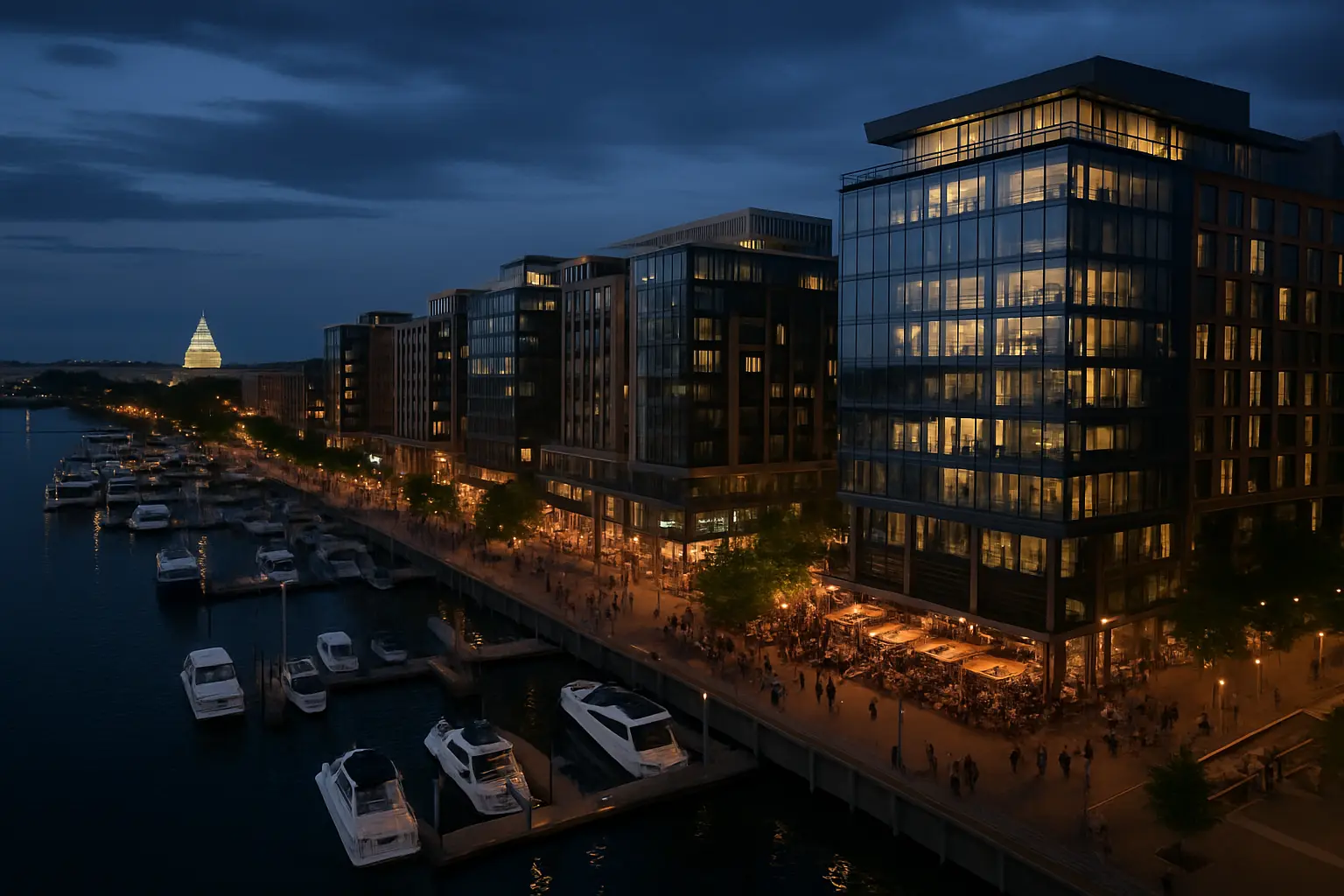DC's Commercial Corridors: Where Business Meets Urban Innovation
Discover how Washington DC's evolving business districts are reshaping the future of mixed-use developments and creating unprecedented opportunities for investors and entrepreneurs.

The Evolution of DC's Commercial Landscape: From Traditional Office Spaces to Dynamic Mixed-Use Hubs
Washington DC's commercial landscape has undergone a remarkable transformation, shifting from its traditional identity as a government-centric office market to become a pioneer in dynamic mixed-use development. The city's commercial corridors have evolved into vibrant ecosystems where innovation meets urban lifestyle, creating new paradigms for modern city living.
This evolution has been driven by changing workplace dynamics, demographic shifts, and a growing demand for integrated living spaces. The pandemic has accelerated this transformation, pushing developers and city planners to reimagine commercial spaces with greater flexibility and community focus.
Key Business Districts Transforming the City: U Street, NoMa, and The Wharf's Success Stories
Several districts stand as testament to DC's successful commercial transformation:
U Street Corridor
Once known for its historic jazz scene, U Street has evolved into a thriving commercial hub while preserving its cultural heritage. The district now features:
- Innovative co-working spaces
- Boutique retail establishments
- Tech startups and creative agencies
- Restaurant incubators and food halls
NoMa's Tech Hub
NoMa exemplifies the modern business district, with:
- State-of-the-art office complexes
- Research facilities and innovation centers
- Transit-oriented development
- Green spaces and community areas
The Wharf Revolution
The Wharf represents DC's most ambitious waterfront development, featuring:
- Premium office space with water views
- High-end retail and dining experiences
- Entertainment venues and public spaces
- Luxury residential options
The Rise of Live-Work-Play Developments: How Modern Urban Planning is Changing Commercial Real Estate
Modern urban planning in DC has embraced the live-work-play concept, creating environments that blur the lines between professional and personal life. These integrated communities offer:
- Walkable neighborhoods with essential amenities
- Sustainable building practices and green initiatives
- Community-focused spaces for networking and recreation
- Technology-enabled infrastructure
The future of commercial real estate lies in creating spaces that adapt to how people want to live and work today, not how they did in the past.
Investment Opportunities and Future Growth: Why DC's Commercial Corridors Are Prime for Development
DC's commercial corridors present compelling investment opportunities driven by:
- Strong market fundamentals and stable economy
- Growing private sector presence
- Infrastructure improvements and public transportation expansion
- Favorable demographic trends
The city's commitment to smart growth and sustainable development has created a robust pipeline of projects that promise to further enhance these corridors. Investors and developers are particularly attracted to:
- Mixed-use redevelopment opportunities
- Transit-oriented developments
- Adaptive reuse projects
- Technology-focused office spaces
As Washington DC continues to evolve, its commercial corridors stand as models of urban innovation, offering valuable lessons for cities worldwide in creating sustainable, vibrant, and economically viable urban spaces.


